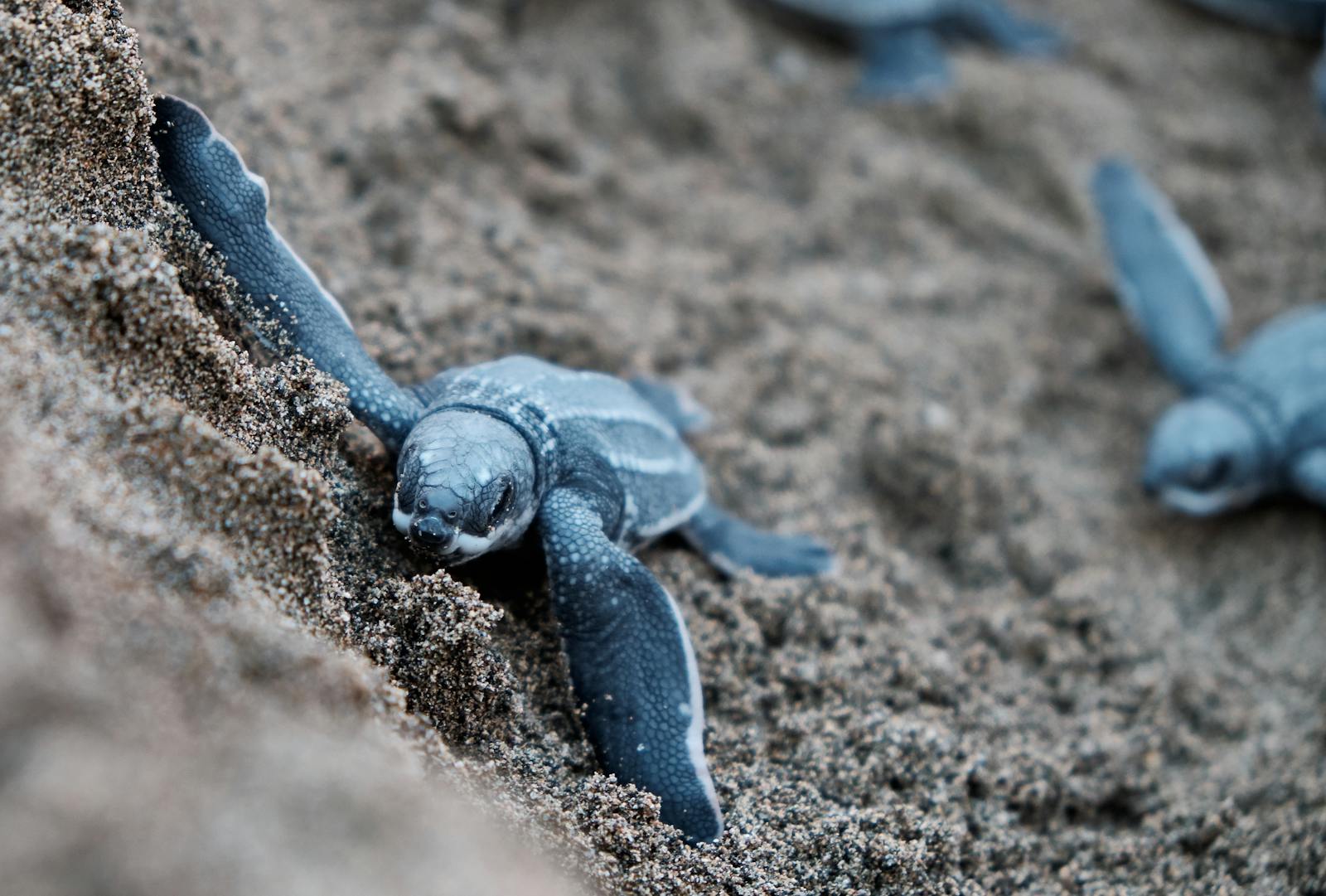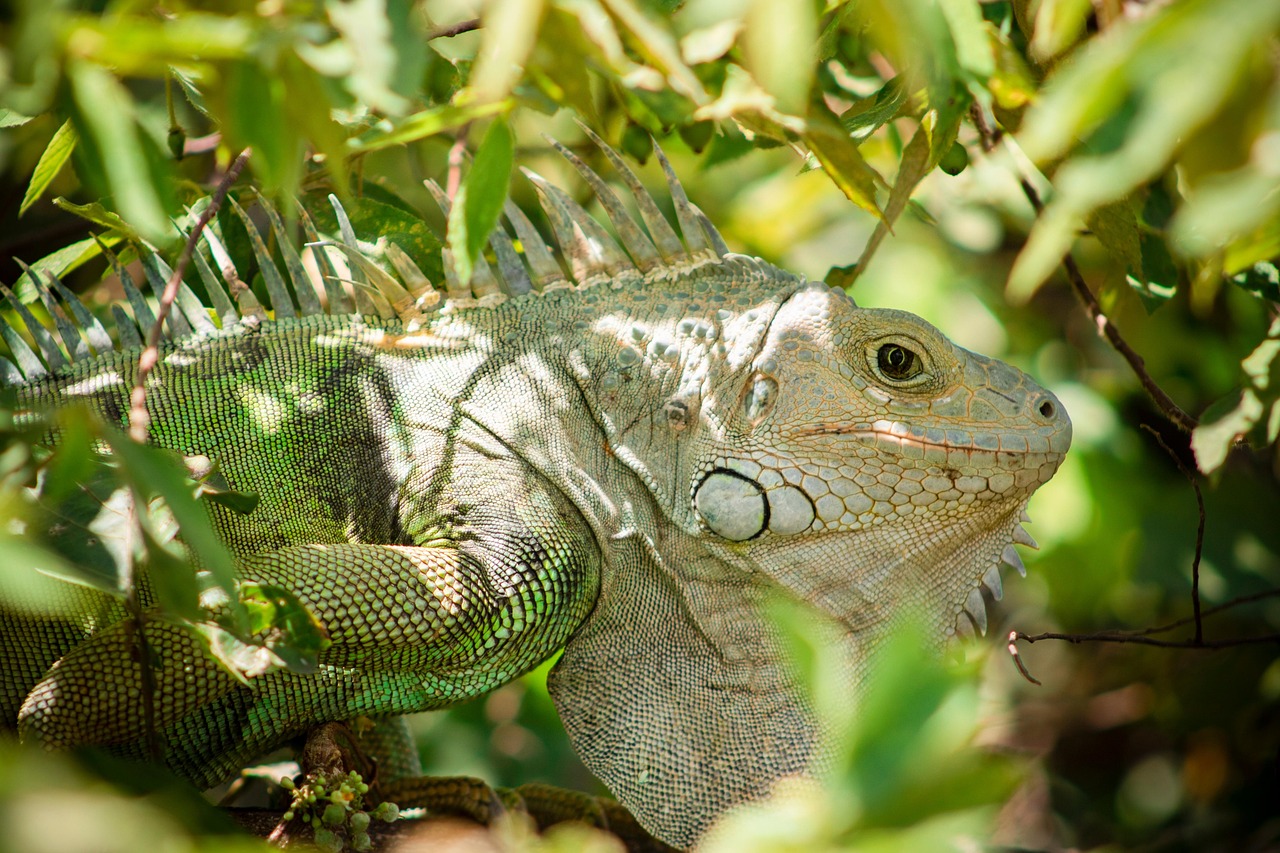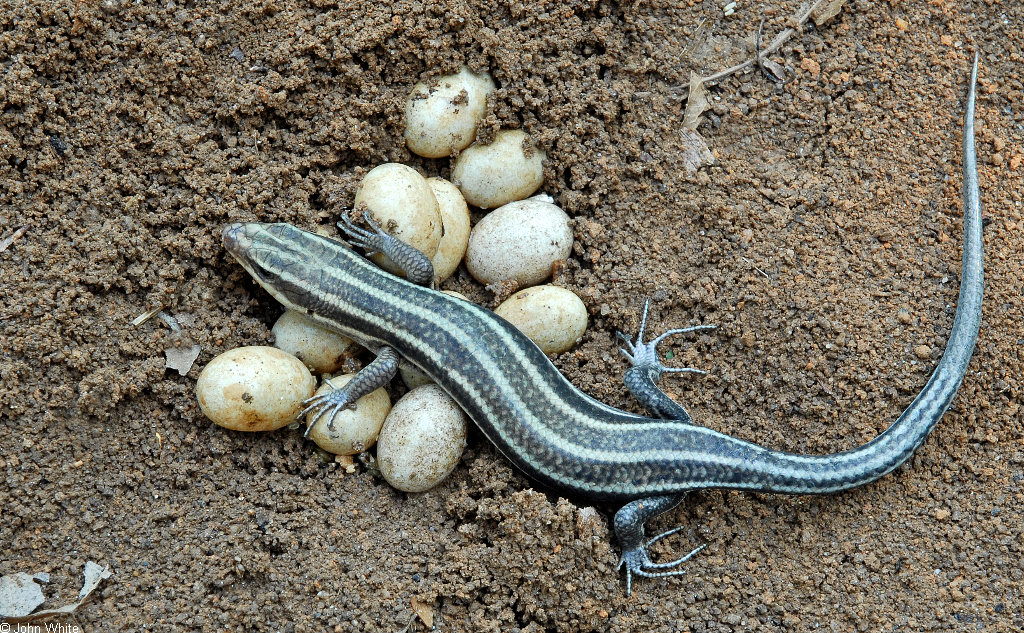Reptiles, among Earth’s oldest vertebrates, have faced unprecedented challenges in the modern era. From habitat loss and invasive species to climate change and illegal trade, these ancient creatures contend with numerous threats pushing many species toward extinction. Yet amid these challenges, remarkable conservation success stories shine as beacons of hope. Through dedicated efforts of scientists, conservationists, governments, and communities, several reptile species have rebounded from the brink of extinction. These success stories not only demonstrate the resilience of these fascinating animals but also highlight the effectiveness of well-designed conservation initiatives. The following examples showcase humanity’s capacity to reverse the decline of reptile populations when armed with determination, scientific knowledge, and collaborative approaches.
The American Alligator’s Remarkable Recovery
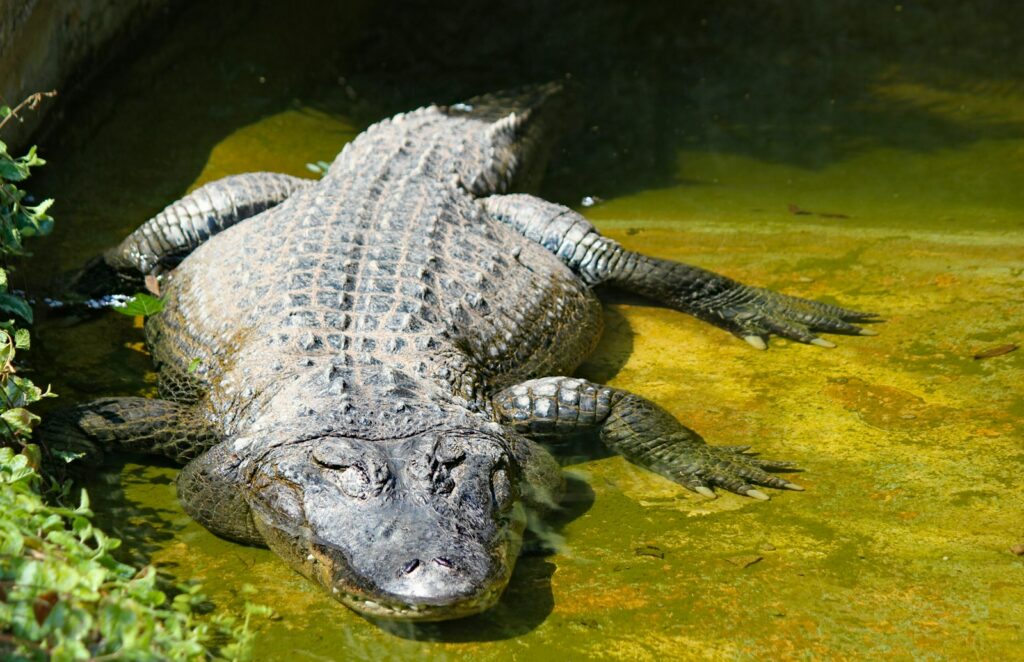
The American alligator (Alligator mississippiensis) represents one of wildlife conservation’s greatest achievements. By the 1960s, unregulated hunting had decimated populations across their southeastern U.S. range, bringing these prehistoric-looking reptiles perilously close to extinction. The species gained federal protection in 1967 under a precursor to the Endangered Species Act, enabling populations to slowly rebuild under careful management. Conservation efforts included habitat protection, regulated hunting programs, captive breeding, and reintroduction initiatives. By 1987, alligators had recovered so successfully that they were officially delisted. Today, with an estimated population exceeding five million individuals spread across Florida, Louisiana, and other southeastern states, the American alligator serves as powerful evidence that well-implemented conservation policies can reverse even severe population declines.
Komodo Dragons: Protecting Indonesia’s Living Dragons
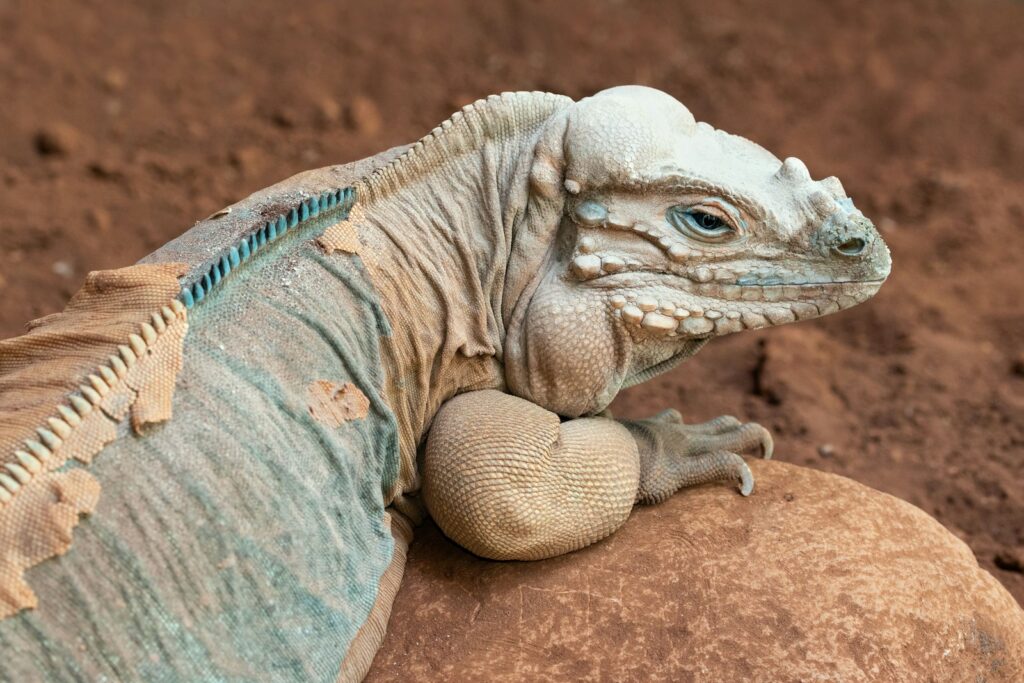
Komodo dragons (Varanus komodoensis), the world’s largest lizards, faced serious threats from habitat loss, poaching, and decreased prey availability on their Indonesian island homes. Recognizing the ecological and cultural importance of these magnificent reptiles, the Indonesian government established Komodo National Park in 1980, encompassing several islands including Komodo and Rinca. This protected area designation proved transformative for dragon conservation, providing a safe haven where these apex predators could thrive with minimal human interference. Scientific research programs have enhanced understanding of dragon behavior and ecology, informing more effective protection measures. Community-based conservation initiatives have involved local residents in protection efforts while developing sustainable ecotourism that benefits both dragons and people. Though still classified as endangered by the IUCN, the current population of approximately 3,000 dragons appears stable, representing a conservation success that continues to evolve.
The Remarkable Return of Kemp’s Ridley Sea Turtles
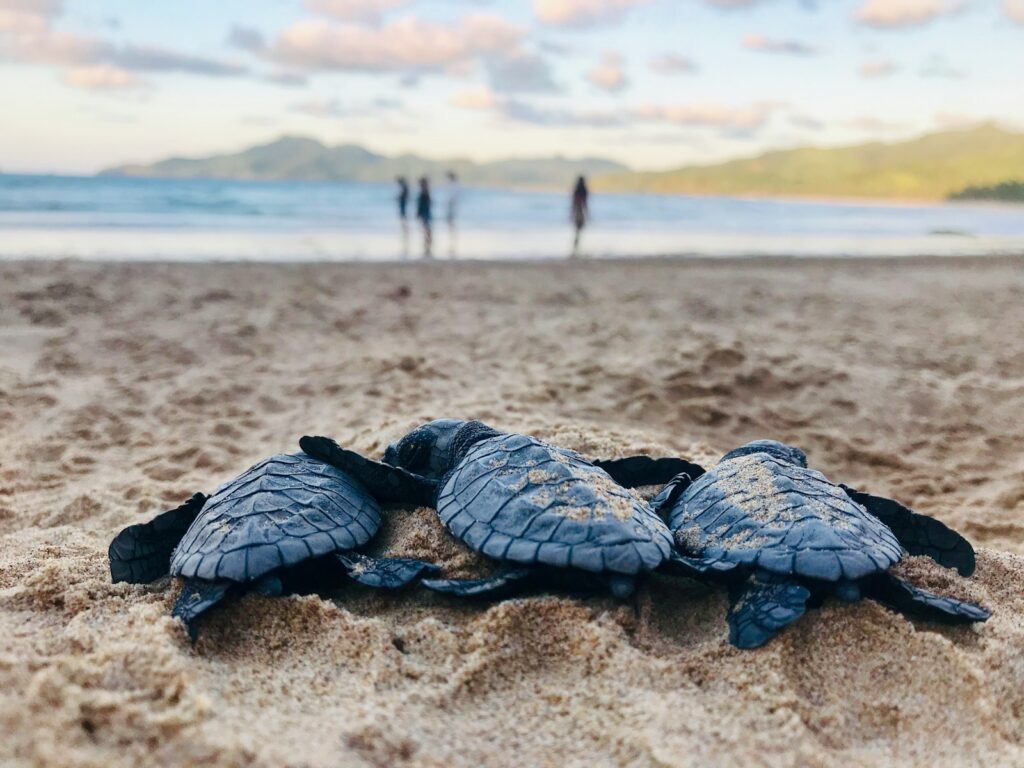
The Kemp’s ridley sea turtle (Lepidochelys kempii), the world’s most endangered sea turtle species, faced imminent extinction with nesting females dwindling to just a few hundred by the 1980s. Their precarious situation stemmed from multiple factors including egg collection, bycatch in fishing operations, and habitat degradation. A binational conservation effort between Mexico and the United States launched unprecedented interventions, including protected nesting beaches, strict fishing regulations, and the controversial but ultimately successful relocation of eggs to establish a second nesting colony at Padre Island National Seashore in Texas. The implementation of Turtle Excluder Devices (TEDs) in shrimp trawl nets dramatically reduced accidental drownings. These coordinated efforts have yielded remarkable results, with annual nests increasing from a mere 702 in 1985 to over 27,000 nests in recent years. Though still critically endangered, this dramatic population rebound demonstrates how international cooperation can reverse the fortunes of even the most imperiled reptile species.
The Galapagos Tortoise: Saving an Iconic Species
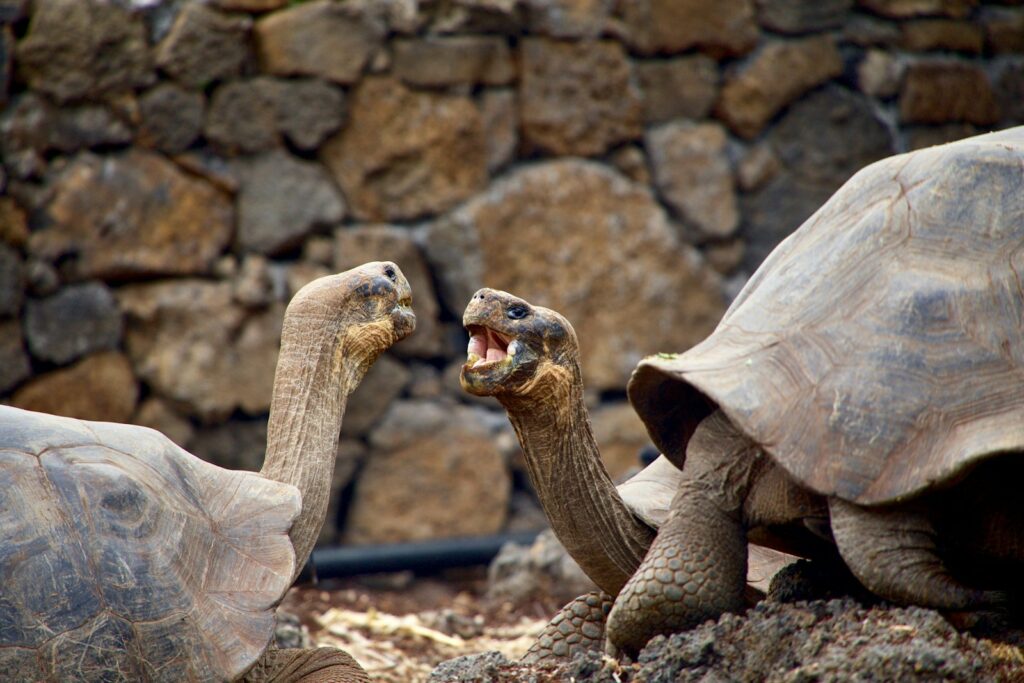
The Galapagos tortoise (Chelonoidis spp.), made famous by Charles Darwin’s evolutionary studies, suffered catastrophic population declines after human arrival on the islands in the 16th century. Ships collected tortoises for food, introduced predators devoured eggs and hatchlings, and competition with feral goats decimated native vegetation. Conservation efforts began in earnest with the establishment of the Galapagos National Park in 1959 and the Charles Darwin Research Station in 1964, which initiated a pioneering captive breeding and reintroduction program. The recovery of the Española Island tortoise represents a particularly notable success, with the population rebounding from just 14 individuals in the 1960s to over 2,000 today. The recent rediscovery of individuals from supposedly extinct lineages, including the famed Fernandina tortoise, has further energized conservation efforts. Continued habitat restoration, invasive species management, and breeding programs have ensured multiple subspecies are now on paths to recovery, though several remain critically endangered.
The Antiguan Racer: Bringing Back a Snake From the Edge
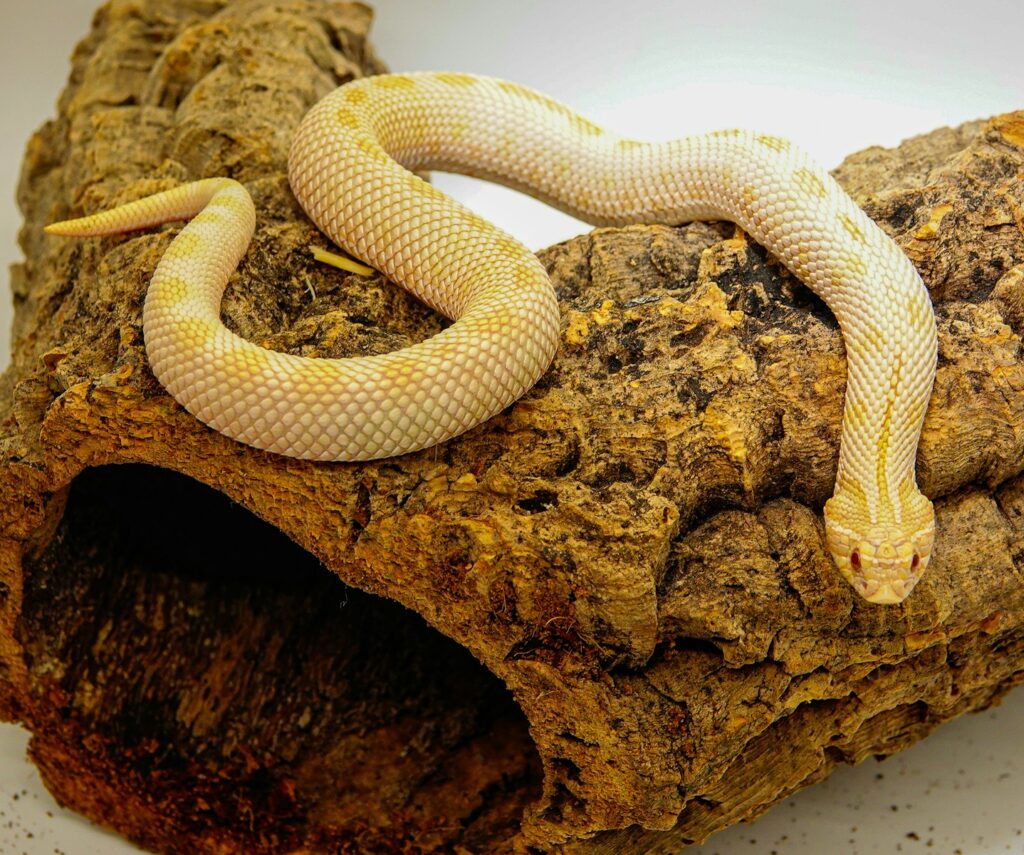
The Antiguan racer (Alsophis antiguae), a harmless snake endemic to Antigua and Barbuda in the Caribbean, was once considered the world’s rarest snake. By the 1990s, invasive mongooses had eliminated the species from mainland Antigua, confining the last 50 individuals to the tiny mongoose-free Great Bird Island. The Antiguan Racer Conservation Project, launched in 1995, implemented a comprehensive recovery plan including mongoose eradication from offshore islands, habitat restoration, captive breeding, and educational outreach to overcome local fear and hostility toward snakes. Subsequent translocations established new populations on nearby islands, dramatically reducing extinction risk through geographic distribution. Public education campaigns transformed local attitudes, with the snake becoming a source of national pride and a flagship species for conservation. Today, the population exceeds 1,000 individuals across several islands, representing a 2,000% increase from its lowest point. This remarkable recovery demonstrates how targeted interventions can save even the most critically endangered reptiles when combining ecological management with social engagement.
The Return of the Fiji Crested Iguana
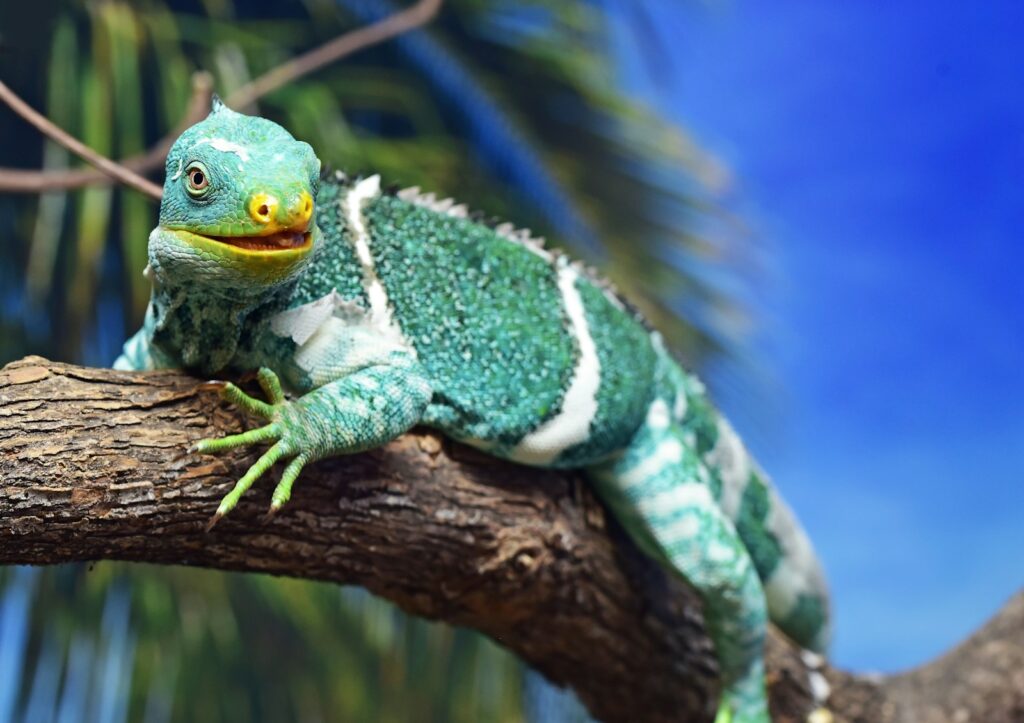
The Fiji crested iguana (Brachylophus vitiensis), with its striking emerald coloration and distinctive crest, faced near-extinction due to habitat destruction and predation by introduced cats, rats, and mongooses. Discovered by science only in 1979, the species had already disappeared from most of its range by the time conservation efforts began. A pivotal moment came when the luxury resort Ahura Resorts partnered with the National Trust of Fiji to establish a protected dry forest sanctuary on Malolo Island. This collaborative conservation model included habitat restoration, invasive species control, captive breeding facilities, and a comprehensive monitoring program. Educational initiatives have engaged local communities and tourists alike in iguana conservation. The population on Monuriki Island, once down to just 17 individuals, has now increased tenfold following successful habitat restoration efforts. Captive breeding programs at facilities in Fiji, Australia, and the United States have further bolstered recovery prospects, with the overall wild population now estimated at several thousand individuals across multiple protected sites.
Chinese Alligator Conservation Success
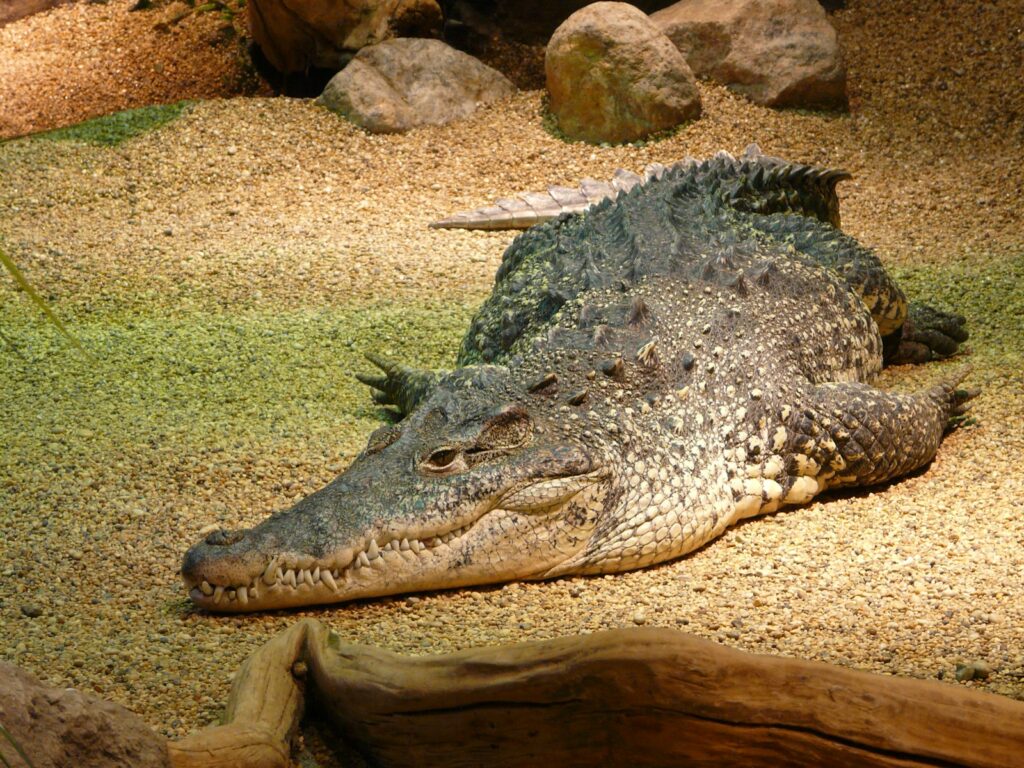
The Chinese alligator (Alligator sinensis), historically inhabiting the lower Yangtze River basin, experienced catastrophic decline due to wetland conversion to agriculture, water pollution, and human persecution. By the 1980s, fewer than 120 individuals remained in the wild, earning the species its critically endangered status. China responded by establishing the Anhui Research Center for Chinese Alligator Reproduction (ARCCAR) in 1979, which pioneered captive breeding techniques that proved remarkably successful. The center now houses over 10,000 alligators, creating a robust genetic reservoir for the species. Beginning in 2003, reintroduction efforts have established several wild populations in restored wetland habitats, with released alligators successfully breeding in the wild. Local communities have become increasingly engaged in conservation efforts through education programs and economic incentives tied to ecotourism. Though still critically endangered with only about 300 wild individuals, the trajectory has shifted from imminent extinction to cautious recovery, representing a vital conservation achievement for Asian reptiles.
The Tuatara’s Cultural Conservation Model

The tuatara (Sphenodon punctatus), the last surviving member of an ancient reptile lineage that predates dinosaurs, once inhabited much of New Zealand before introduced rats eliminated populations from the mainland. By the early 20th century, these remarkable “living fossils” survived only on approximately 30 offshore islands, with their future far from certain. New Zealand’s conservation approach for tuatara stands out for its deep integration with Māori cultural values and traditional knowledge. The Department of Conservation partnered with Māori iwi (tribes) to establish protected sanctuaries where tuatara could thrive under collaborative management that respects their cultural significance as taonga (treasured) species. Sophisticated captive breeding programs at facilities like Southland Museum have provided individuals for reintroduction to pest-free islands and mainland sanctuaries. The establishment of predator-proof reserves like Zealandia has allowed mainland reintroductions, with tuatara now successfully breeding in these protected environments. Current conservation efforts focus on genetic management to maintain diversity across remaining populations, with the species’ long-term prospects significantly improved through this culturally-integrated conservation model.
Recovery of the Sand Lizard in Britain
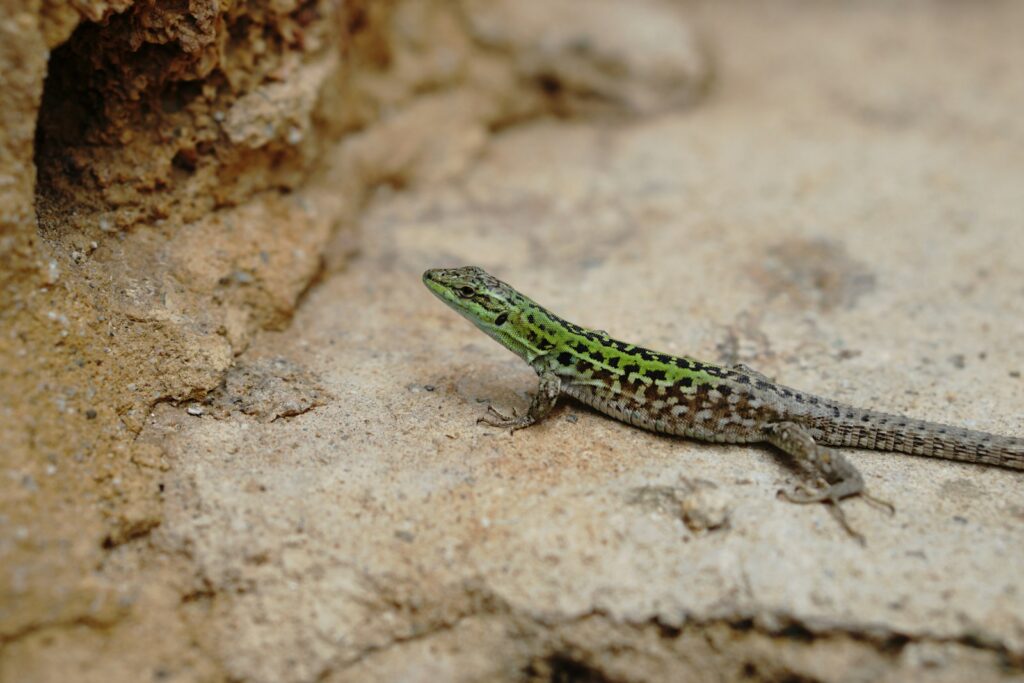
The sand lizard (Lacerta agilis), Britain’s rarest reptile, suffered severe population declines throughout the 20th century as its specialized heathland and dune habitats were lost to development, agriculture, and fire suppression. By the 1970s, the species had disappeared from many counties across England and Wales, surviving in just a handful of isolated strongholds. A coordinated conservation program initiated in the 1990s combined habitat restoration, captive breeding, and reintroduction efforts across multiple sites. Partnerships between government agencies, conservation organizations, and private landowners have restored thousands of hectares of suitable habitat through techniques including tree removal, controlled burning, and grazing management. Captive breeding facilities at several zoological institutions have produced thousands of juvenile lizards for release into restored habitats. Reintroduction efforts have successfully re-established populations at more than 70 sites where the species had been extirpated. Once facing national extinction, sand lizards have now returned to every county within their historic range in England and Wales, showcasing the effectiveness of habitat-focused conservation for specialized reptile species.
The Grand Cayman Blue Iguana Recovery
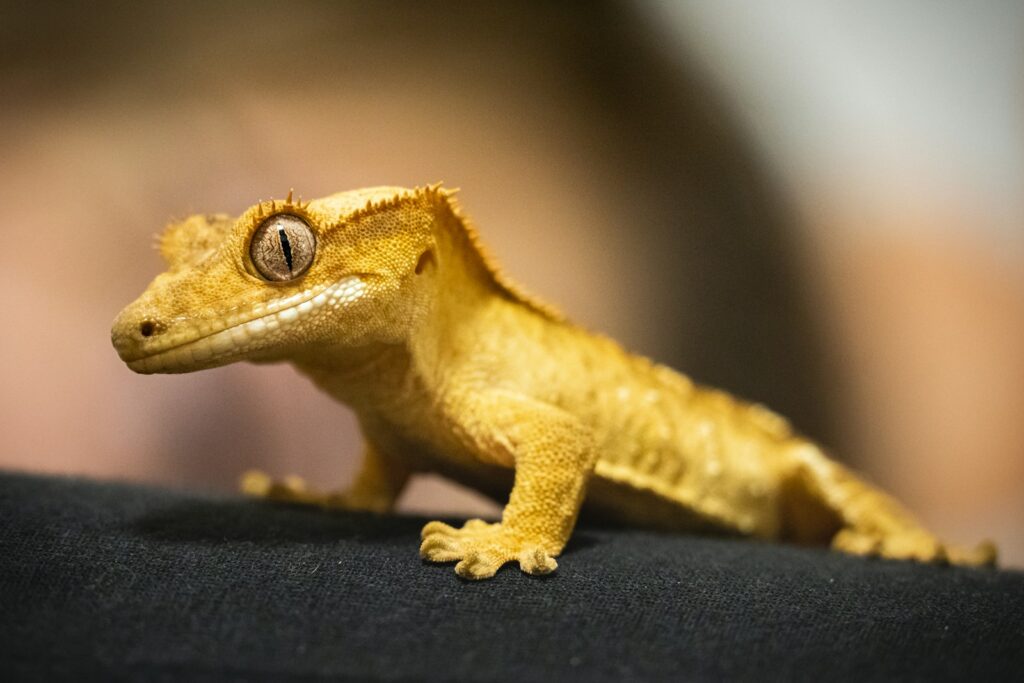
The Grand Cayman blue iguana (Cyclura lewisi), a magnificent blue-hued lizard endemic to Grand Cayman Island, experienced a catastrophic population collapse due to habitat destruction, road mortality, and predation by introduced dogs, cats, and rats. By 2002, fewer than 25 individuals remained in the wild, making this species one of the most endangered reptiles on Earth. The Blue Iguana Recovery Program, spearheaded by the National Trust for the Cayman Islands, established a captive breeding facility and developed innovative release techniques for head-started juveniles. A critical component of recovery involved establishing protected areas of natural habitat, including the establishment of the Salina Reserve specifically for blue iguanas. Genetic management has been carefully implemented to maximize diversity in the recovering population. Educational outreach has transformed public perception of these unique reptiles, building local pride and support for conservation efforts. From the precipice of extinction, the wild population has now grown to over 1,000 individuals living in protected areas, with the species’ IUCN status improving from Critically Endangered to Endangered in 2012, representing one of reptile conservation’s most dramatic success stories.
Philippine Crocodile: Community-Based Conservation
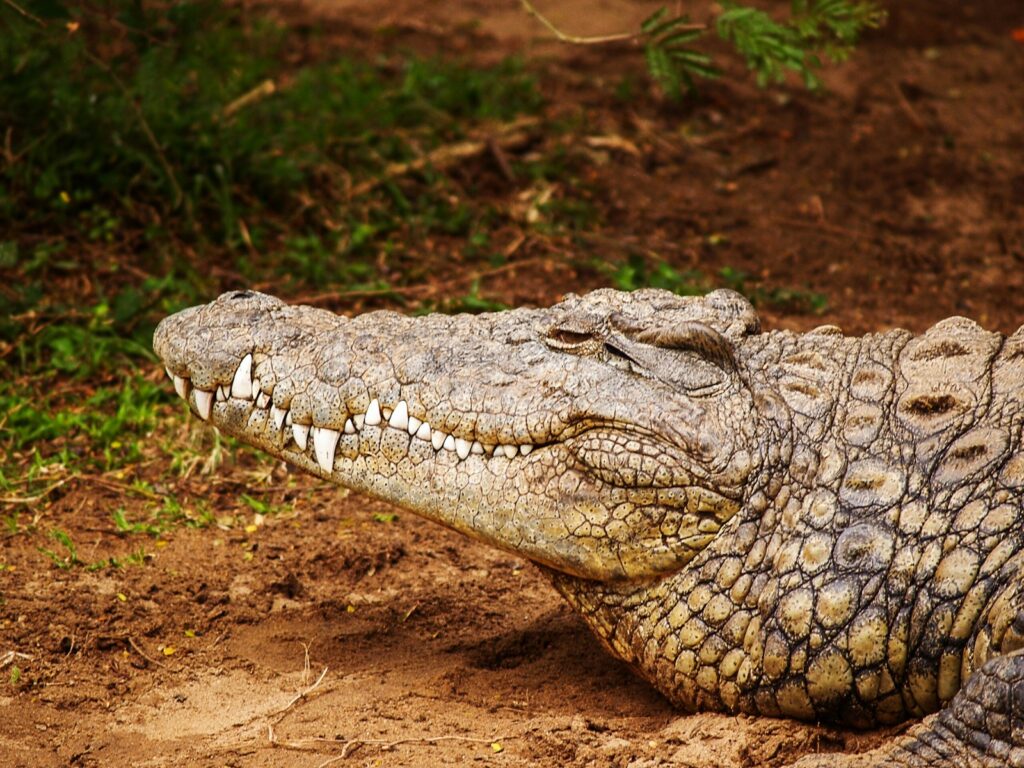
The Philippine crocodile (Crocodylus mindorensis), among the world’s most endangered crocodilians, was driven to near-extinction by hunting, habitat loss, and persecution due to fears about human safety. By the 1980s, fewer than 100 individuals remained in fragmented populations across the Philippines. The remarkable conservation turnaround for this species has been driven by innovative community-based approaches that position local people as conservation stewards rather than opponents. The Mabuwaya Foundation pioneered this approach in northern Luzon, working with communities to develop sustainable livelihood alternatives while establishing locally-managed crocodile sanctuaries. Education campaigns have transformed cultural attitudes, with many communities now taking pride in protecting “their” crocodiles. Incentive programs reward villages for successful crocodile nesting and hatchling survival, creating economic motivation for conservation. Head-starting programs rear hatchlings in captivity until they reach sizes less vulnerable to predation before release. From a population of just 12 individuals in northern Luzon in 2001, that regional population has grown to over 100 today, with similar approaches being replicated in other parts of the country, demonstrating how incorporating human dimensions can transform conservation outcomes for even the most feared reptile species.
Utila Spiny-Tailed Iguana: Eco-Tourism Driving Conservation
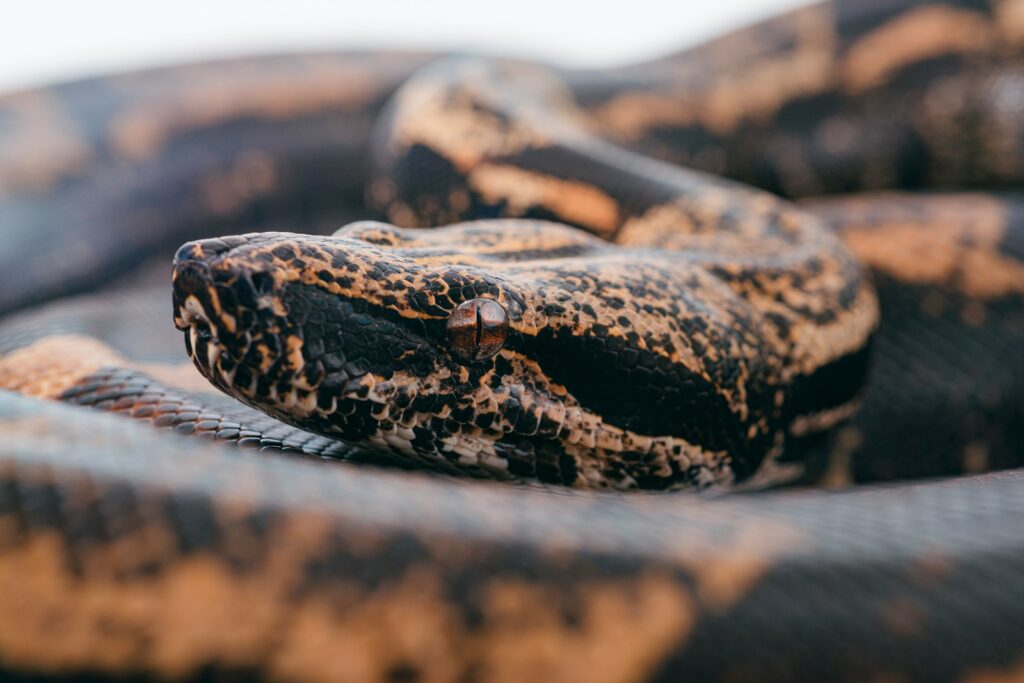
The Utila spiny-tailed iguana (Ctenosaura bakeri), endemic to the small Caribbean island of Utila, Honduras, faced severe threats from habitat destruction, hunting for food, and the exotic pet trade. With its entire global range confined to just 41 square kilometers of mangrove swamps, the species appeared headed for extinction by the early 2000s. The establishment of the Iguana Research and Breeding Station in 1997 marked a turning point, developing the scientific understanding necessary for effective conservation while implementing a head-starting program for hatchlings. What distinguishes this conservation success is how the species has become a cornerstone of the island’s ecotourism economy, providing economic incentives for protection. Tourists now visit specifically to see these rare iguanas, creating employment for local guides and educational opportunities for visitors. The “Iguana Station” has trained numerous local conservation professionals while raising awareness among island residents about the iguana’s ecological and economic importance. Research has documented population increases in protected areas, with the head-starting program releasing over 1,000 juvenile iguanas. While still endangered, this “Swamper” iguana exemplifies how charismatic reptiles can become economic assets worth more alive than consumed, fundamentally changing conservation dynamics.
Lessons Learned from Successful Reptile Conservation

Analyzing these conservation success stories reveals several common elements that have proven effective across diverse reptile species and geographic contexts. Habitat protection and restoration consistently emerge as fundamental requirements, providing the ecological foundation upon which populations can rebuild. Addressing specific threats through targeted interventions—from predator control to anti-poaching enforcement—removes key barriers to recovery. Most successful programs implement multiple complementary strategies rather than relying on single approaches. The integration of scientific research, conservation action, and community engagement creates particularly robust conservation frameworks. Notably, successful initiatives typically evolve beyond purely biological interventions to address human dimensions, whether through economic incentives, cultural integration, or educational outreach. Long-term commitment proves essential, as meaningful reptile recovery often requires decades rather than years, especially for species with slow life histories. Perhaps most importantly, these success stories demonstrate that even the most severely endangered reptiles can recover when provided with appropriate conservation support, offering hope for the many reptile species still facing extinction threats worldwide.
Conclusion
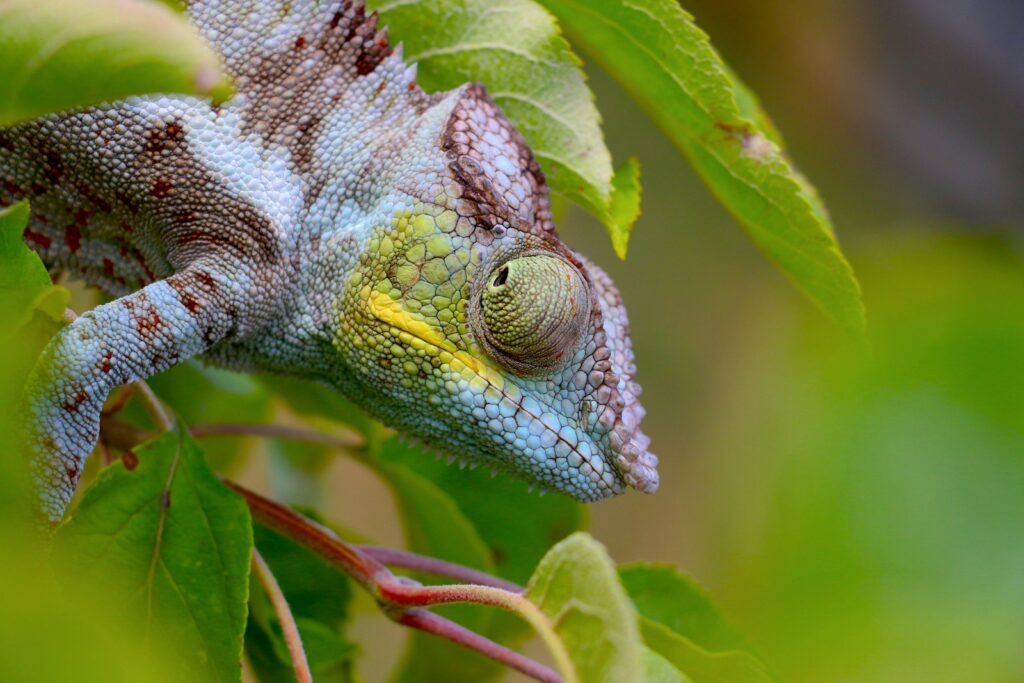
These remarkable reptile conservation successes demonstrate humanity’s capacity to reverse even the most dire wildlife declines when applying scientific knowledge, dedicated resources, and innovative approaches. From giant tortoises and crocodilians to tiny lizards and rare snakes, these stories span continents and species, yet share common elements of persistence, adaptation, and collaboration. While many challenges remain for global reptile conservation, with numerous species still facing extinction risks, these examples provide powerful evidence that decline is not destiny. As climate change and habitat loss continue to threaten biodiversity worldwide, the lessons from these conservation victories become increasingly valuable. By building on these successful models—combining habitat protection, threat mitigation, captive breeding, community engagement, and sustainable financing—conservationists can continue to write new chapters in reptile recovery. These success stories remind us that with determination and proper strategies, even the most endangered reptiles can return from the brink, enriching our planet’s biodiversity for generations to come.


